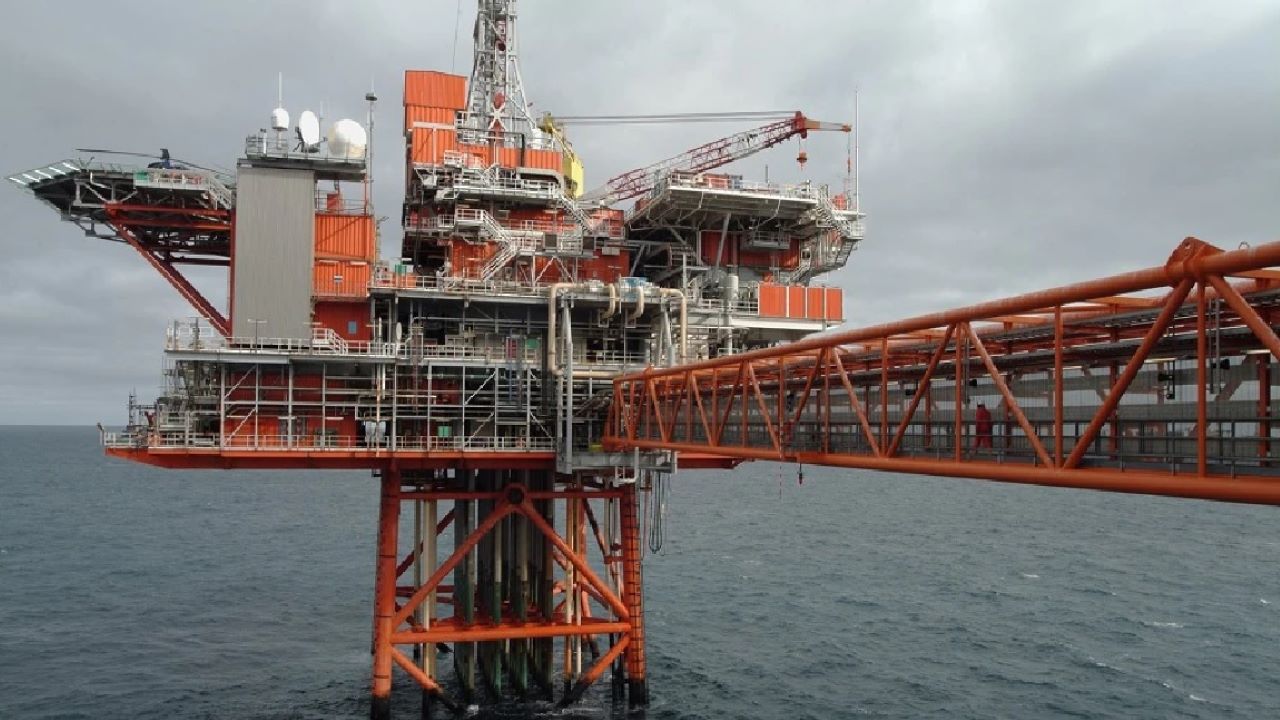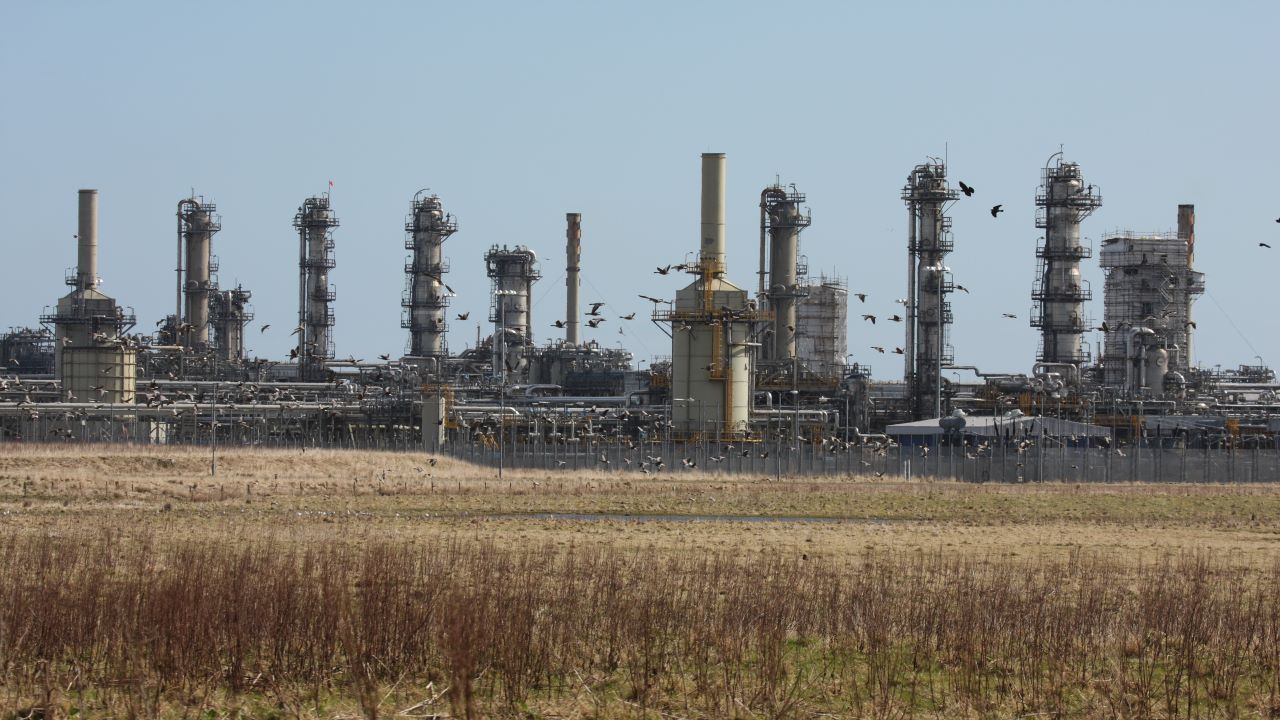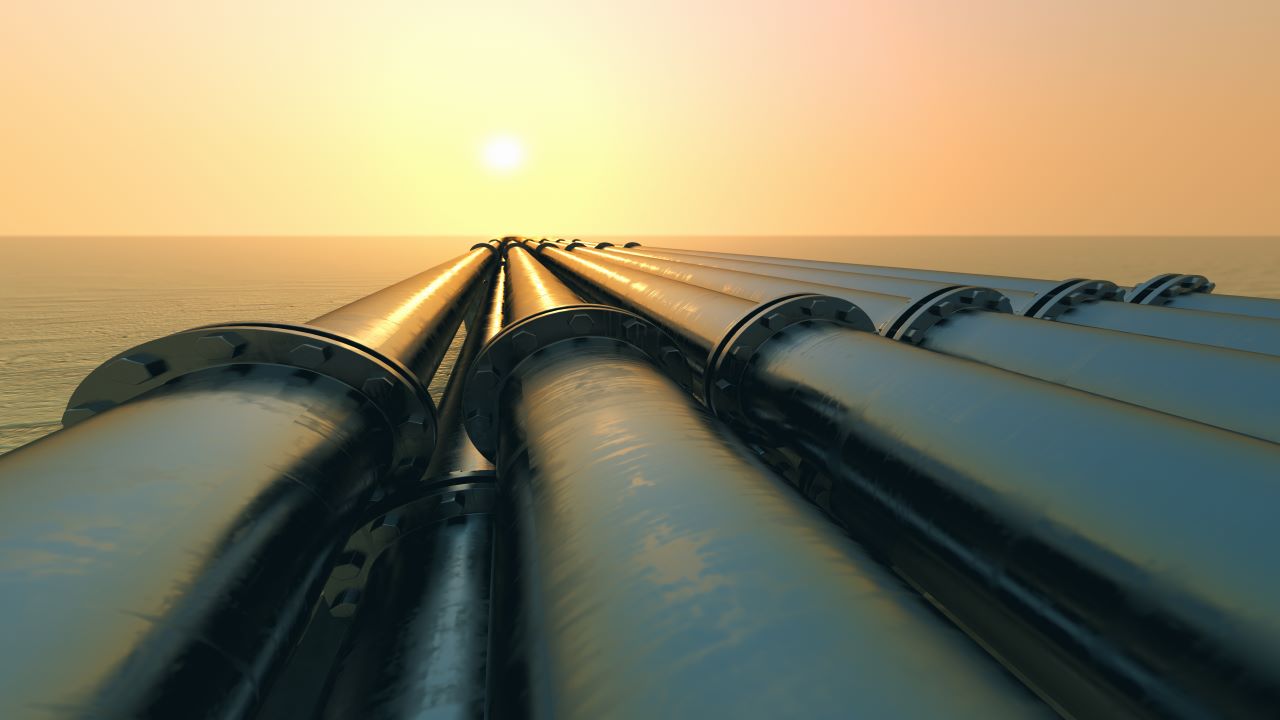The Captain field, an oil and gas field located in the Outer Moray Firth region within the UK side of the North Sea, will undergo the next stage of development to improve oil recovery from the field through the enhanced oil recovery (EOR) stage two project. Discovered in 1977 within Block 13/22A, the field achieved its first production in March 1997. The oil and gas field utilises key technology developments in horizontal drilling and down-hole pumps in well bores and reached peak production of approximately 100,000 barrels per day (bpd) in 1998.
The Captain enhanced oil recovery stage two project was sanctioned by the board of Ithaca in April 2021 after securing the field development plan addendum consent from the UK Oil and Gas Authority (OGA). The field has been using polymer enhanced oil recovery. The second phase of the brownfield expansion comes after stage one of the EOR development of the field. Ithaca Energy, which operates the Captain field, holds 85% interest while the remaining 15% stake is held by Dana Petroleum as a non-operating asset.
Captain field location and details
The Captain field is located approximately 145km north-east of Aberdeen, Scotland, in the Outer Moray Firth at a water depth of approximately 105.5m in the UK North Sea.
The reservoir is of a high-quality porosity and permeability sandstone that is laterally extensive.
The production facility at the Captain oil and gas field includes a wellhead protector platform and bridge-linked platform, which are connected to a floating production, storage and offloading (FPSO) vessel, and two subsea manifolds tied back and connected to the platforms by a network of pipelines. The average distance between the wells is approximately 250m, which reduces the lag time between injection and production response to only a few months and provides the feasibility for further performance improvements.
Captain field EOR stage two
The Captain EOR stage two project is expected to involve the EOR expansion into the subsea areas of the field. It will be implemented to increase hydrocarbon recovery from the field through additional sub-sea wells and infrastructure, as well as new topsides facilities. The recovery will be undertaken through the injection of polymerised water into the reservoir.
Field development
The field incorporated polymer EOR in 2010 that was sanctioned in September 2017 as part of the Captain EOR stage one development. The design was based on long horizontal producer and injector pairs and water flood without surface water discharge.
The development includes polymer injection in up to six long-reach horizontal wells in the North Sea. The polymer was injected into four wells to obtain the confidence to execute the first of the EOR project.
Offloading and processing
The crude oil produced from the Captain field is offloaded from the FPSO vessel to a shuttle tanker for transportation to customers while the produced gas is exported via subsea pipeline to the Frigg UK gas transportation system (FTS) from where it is transported onshore to the St Fergus gas terminal near Peterhead in Scotland.
The Frigg UK Pipeline is a 362km long, 32in diameter pipeline which starts at the TP1 bypass spool close to the decommissioned Frigg Field and connects to the Frigg UK Terminal at St Fergus. The Frigg UK Pipeline was commissioned in 1977. Operational since 1982, the St Fergus plant is located in the village of St Fergus, approximately 65km north of Aberdeen and 11km north of Peterhead.
The plant separates hydrocarbon components using cryogenic processing. Methane used for cooking and heating is removed and delivered to the National Grid for entry into the National Transmission System (NTS). The remaining hydrocarbons such as ethane, gasoline, butane and propane are transferred to the Shell Fife natural gas liquids (NGL) plant at Mossmorran in Scotland through an underground pipeline for further processing.










